Table of Contents
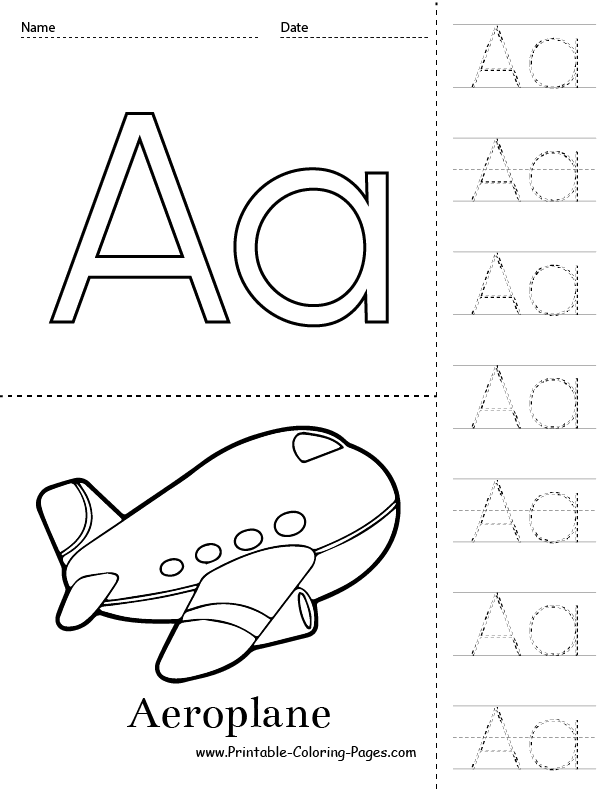
Alphabet coloring pages are an excellent tool for engaging preschoolers and facilitating their learning process. By combining playfulness with educational elements, these coloring pages provide numerous benefits for children’s development.
One of the significant advantages of using alphabet coloring pages is that they can reinforce letter-writing skills. As children color in the letters of the alphabet, they become more familiar with the shape and form of each letter. This visual representation helps them recognize and remember the letters, laying a solid foundation for future reading and writing abilities. Additionally, coloring inside the lines of each letter serves as a fine motor skill exercise, improving children’s hand-eye coordination and pencil grip.
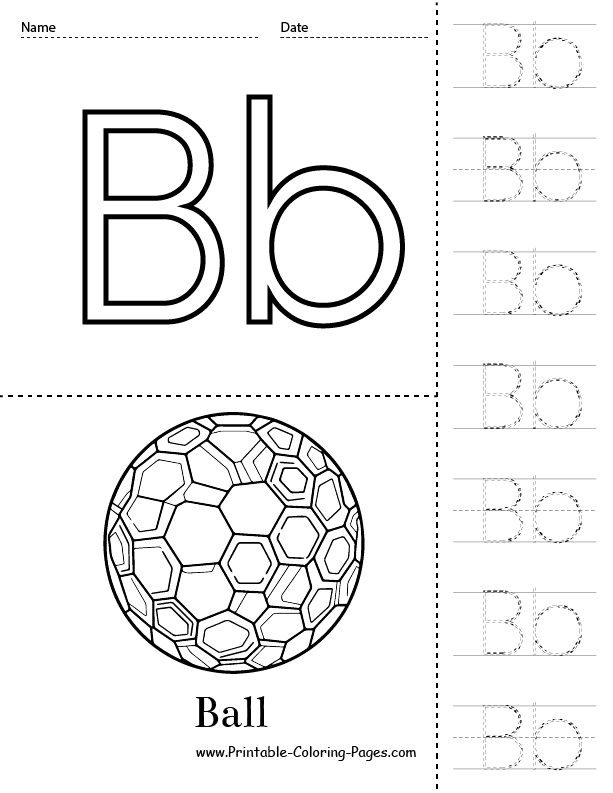
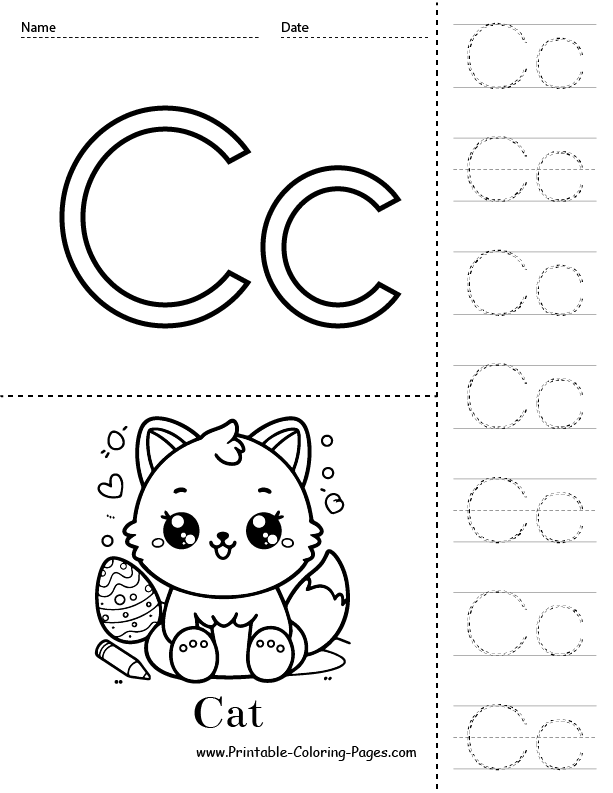
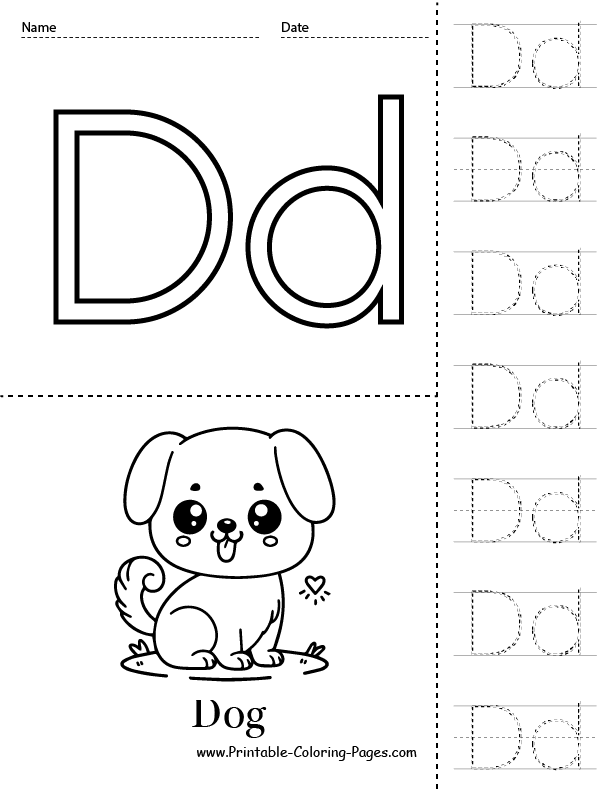
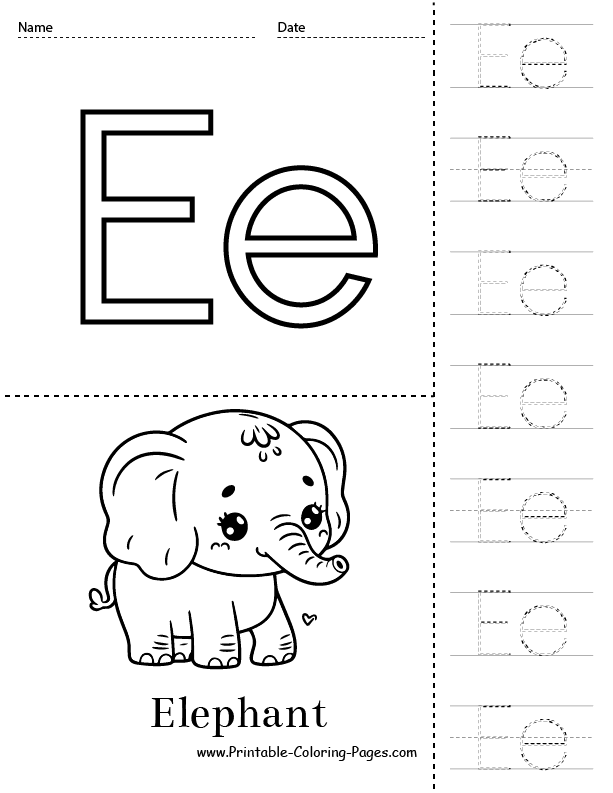
Moreover, alphabet coloring pages offer an engaging way to promote language development in preschoolers. As children color and identify letters, they are introduced to new vocabulary words associated with each letter. This exposure to various words and their corresponding letter sounds enhances children’s language skills, boosting their ability to communicate and understand the world around them.
Furthermore, these coloring pages can foster creativity in children. While coloring, children have the opportunity to choose their own color combinations, experiment with different shading techniques, and add personal touches to each page. This creative expression allows children to develop their imagination and unleash their artistic potential.
The impact of alphabet printable coloring pages on children’s learning is significant. By integrating fun and education, these coloring pages create an enjoyable learning experience that captivates the attention of preschoolers. As a result, children are more motivated and enthusiastic about learning the alphabet.
Benefits of Alphabet Coloring Pages
Alphabet coloring pages offer numerous benefits for children’s development. Not only do these coloring pages provide an entertaining approach to learning, but they also effectively introduce children to the alphabet. By associating each letter with a corresponding image to color, children are able to develop strong letter recognition skills from an early age. Additionally, coloring these pages can enhance letter-writing skills as children trace and replicate the letters on the page. Furthermore, the fine motor skills required to color within the lines of the letters help improve the dexterity and control of a child’s fingers and hands. Lastly, through the use of pictures and accompanying words on the coloring pages, children’s language development is enhanced as they associate letters with specific objects or concepts. Overall, alphabet coloring pages serve as a fun and educational tool that promotes letter recognition, fine motor skills, and language development in young children.
Motor Skills Development
Motor skills development in children encompasses the progression and refinement of their physical abilities, both gross motor skills (involving large muscle groups) and fine motor skills (involving smaller muscle groups). From infancy to adolescence, there are significant milestones and patterns in motor skills development.
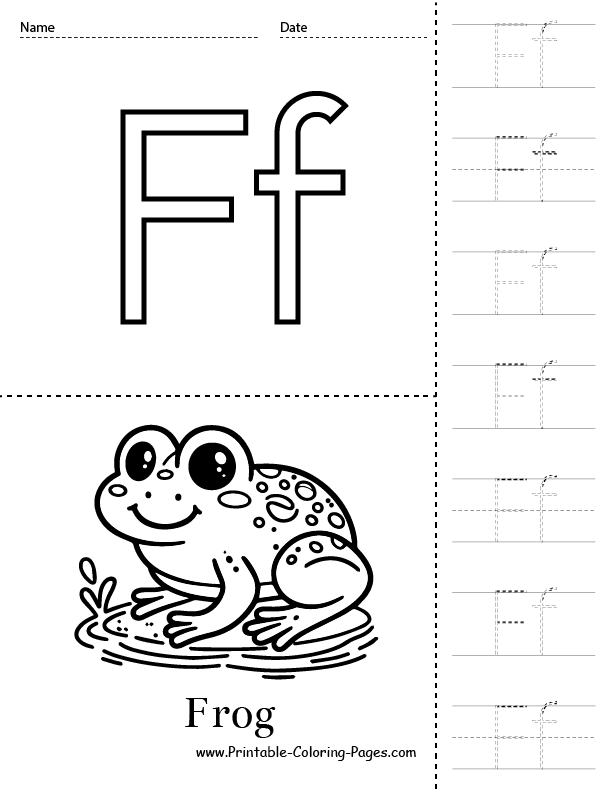
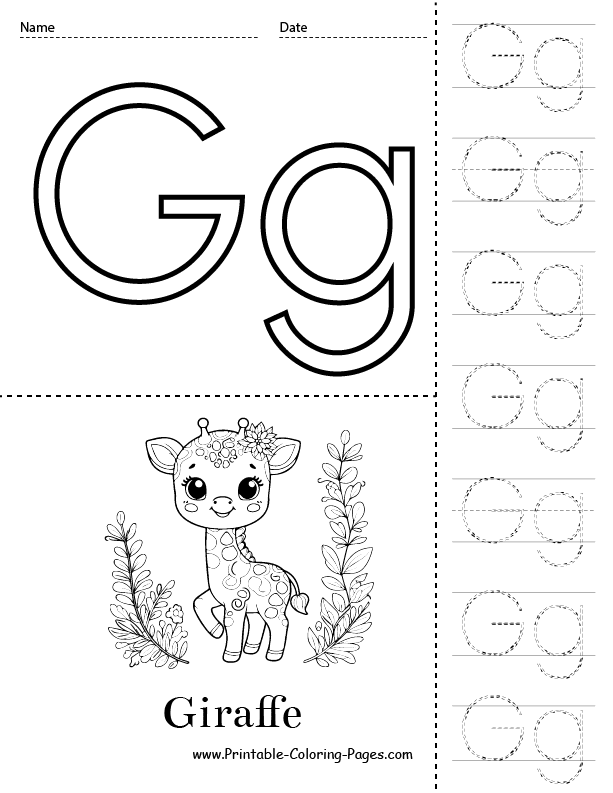
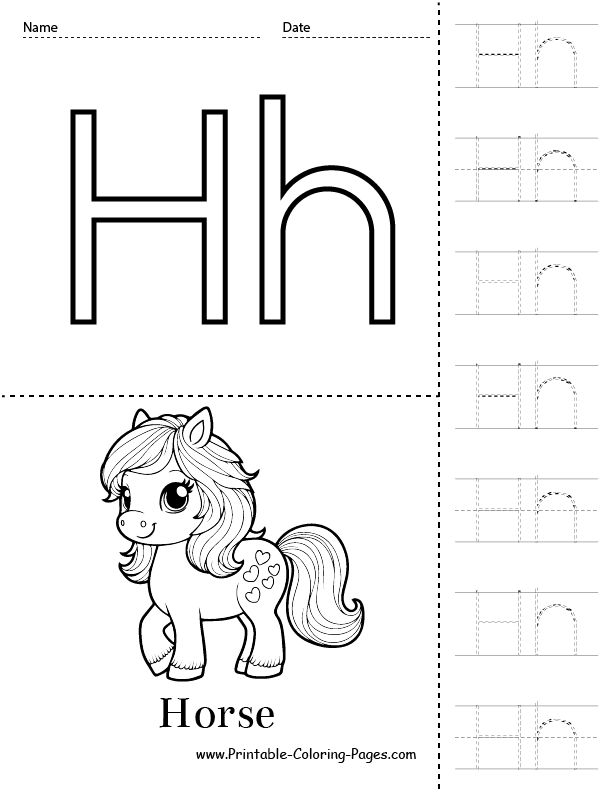
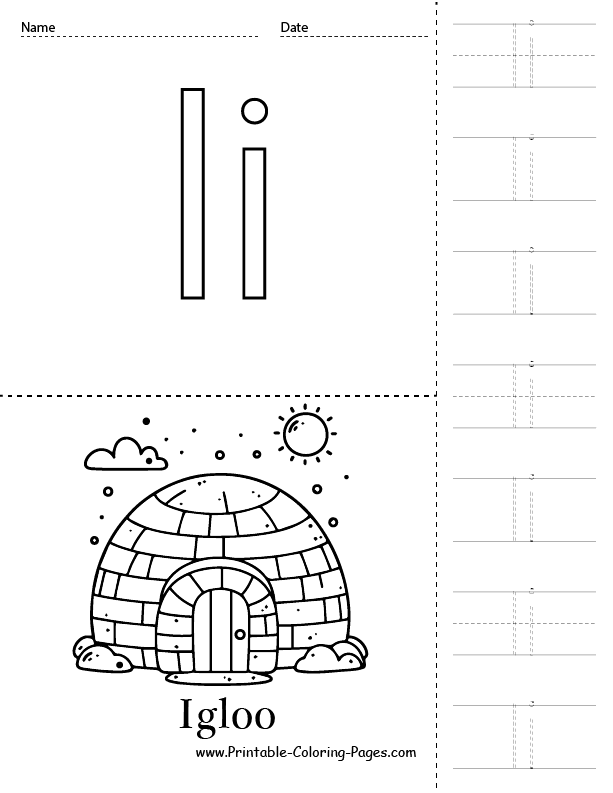
During infancy, milestones such as rolling over, sitting up, crawling, and eventually walking mark the emergence of gross motor skills. Fine motor skills, on the other hand, develop with milestones like holding objects, grasping toys, and eventually manipulating small objects like utensils.
As children enter toddlerhood and preschool years, they refine their gross motor skills by running, jumping, hopping, and climbing. Fine motor skills progress through activities like scribbling, stacking blocks, and buttoning shirts.
In early school years, children exhibit advanced gross motor skills like riding a bike and skipping, while fine motor skills improve with activities like tying shoelaces, using scissors, and writing legibly.
Several factors influence motor development. Genetics play a role in determining the baseline abilities and potential for motor skills. The environment also plays a crucial role as children require ample space and freedom to explore and practice their motor skills. Adequate stimulation and opportunity for experience are essential to foster motor development.
In summary, from infancy to adolescence, motor skills development progresses through various milestones and follows distinct patterns. Genetics, environment, and experience all contribute to the individual’s motor development, shaping their ability to perform both gross and fine motor skills.
Phonemic Awareness Enhancement
Phonemic awareness is a crucial skill that plays a vital role in reading development. It involves the ability to identify and manipulate individual sounds (or phonemes) in spoken words. Enhancing phonemic awareness in students can greatly improve their reading and decoding skills.
One effective strategy for enhancing phonemic awareness is through segmentation. This involves breaking down words into individual phonemes. Teachers can provide students with words and ask them to isolate the sounds they hear. For example, the word “cat” can be segmented into the sounds /k/, /æ/, and /t/. This activity helps students identify and recognize individual phonemes within words.
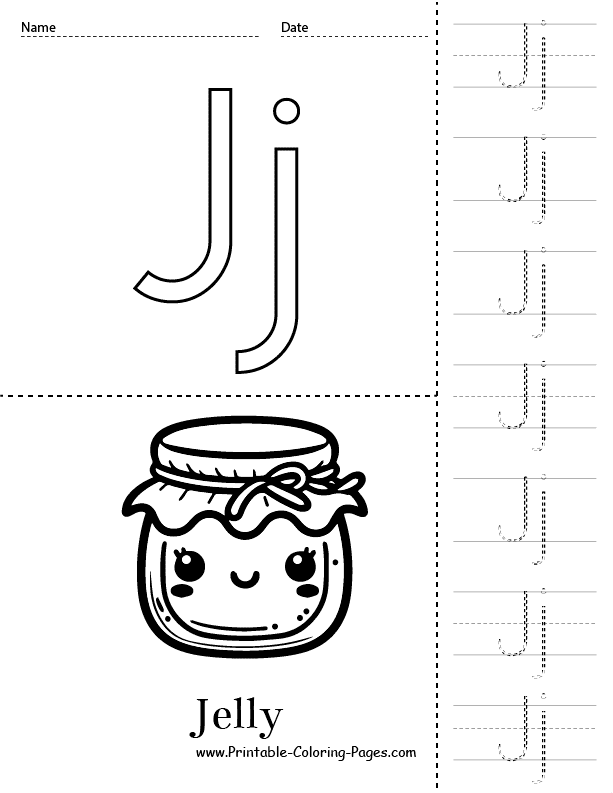
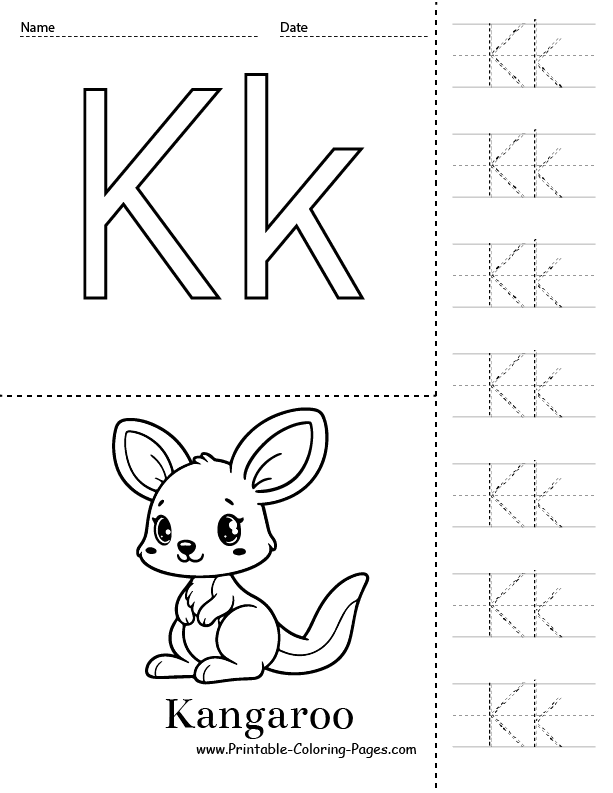
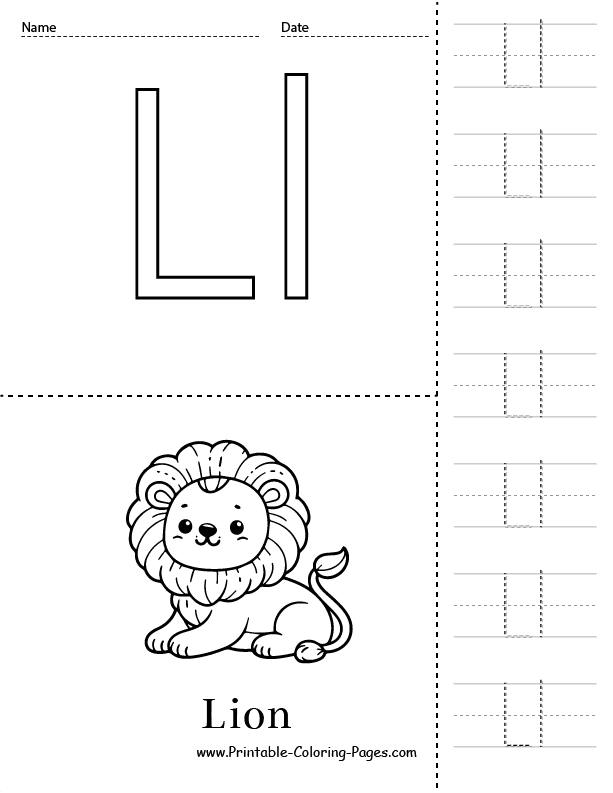
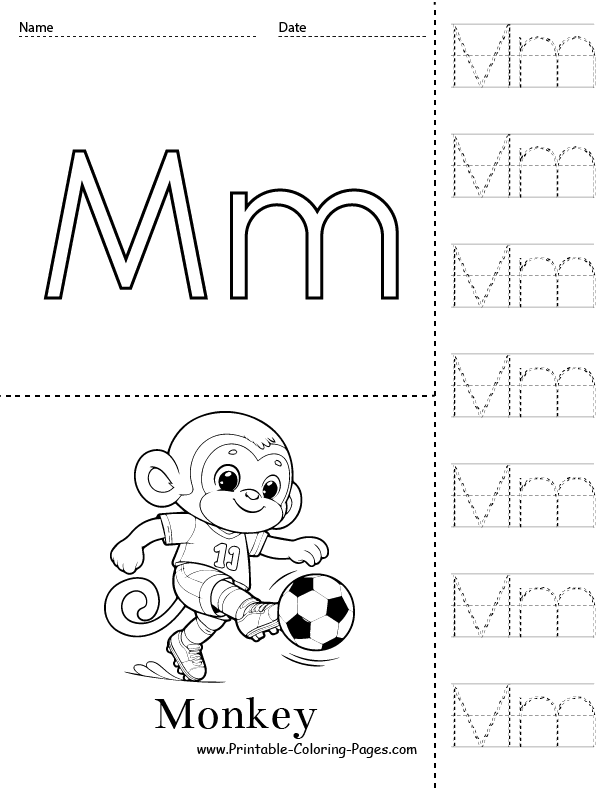
Blending is another important technique for developing phonemic awareness. It involves combining individual phonemes to form words. Teachers can give students a set of sounds and ask them to blend them together to create a word. For example, the sounds /k/, /æ/, and /t/ can be blended to form the word “cat”. This activity helps students understand how sounds come together to form words.
Phoneme manipulation is yet another valuable technique for enhancing phonemic awareness. This involves changing, replacing, or rearranging phonemes within words. Teachers can present students with a word and ask them to manipulate the sounds to create a new word. For example, changing the /k/ sound in “cat” to /b/ creates the word “bat”. This activity helps students develop their phonemic manipulation skills.
phonemic awareness is a key skill for successful reading development. By incorporating strategies like segmentation, blending, and phoneme manipulation into classroom activities, teachers can effectively enhance phonemic awareness in students and help them become more proficient readers.
Practice Letters in a Fun Way
Practicing letters can be a fun and engaging activity for young learners. Here are some diverse activities that can be used to practice the letter Bb, with the help of coloring pages:
- Tracing: Provide kids with a coloring page that features the letter Bb. Encourage them to trace the letter using colored pencils or markers. This activity helps them become more familiar with the letter’s shape and form.
- Matching: Create a matching game by printing out different coloring pages of objects that start with the letter Bb. Cut out the pictures and have children match them to the appropriate coloring page that shows the letter Bb. This activity enhances letter recognition skills.
- Letter identification games: Incorporate letter identification games into the practice session. For example, hide multiple coloring pages featuring the letter Bb around the room. Ask children to find and collect as many as they can within a set amount of time. This activity makes letter practice more interactive and exciting.
- Artistic expression: Allow children to use their creativity by coloring the letter Bb in various ways. Encourage them to experiment with different colors, patterns, and designs. This activity helps improve fine motor skills and allows for self-expression.
By incorporating these diverse activities into letter practice, using coloring pages specifically designed for the letter Bb, children can have fun while learning and reinforce their understanding of the letter.
Importance of making letter practice enjoyable for kids through ABC Coloring Sheets
Making letter practice enjoyable for kids through coloring activities is of utmost importance. Engaging children in a fun and interactive way helps to create a positive association with learning, making it more likely that they will develop a lifelong love for language and communication.
Coloring activities provide a unique opportunity for children to reinforce letter recognition. By allowing them to color in letter-shaped objects or trace letters with different colors, children are able to visually connect the shape and sound of each letter. This reinforces their understanding of the alphabet and lays a solid foundation for future reading and writing skills.
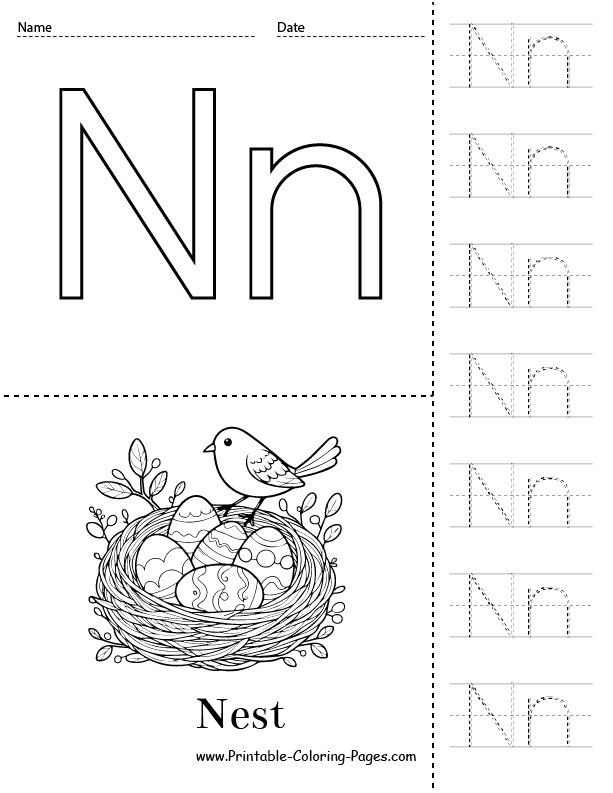
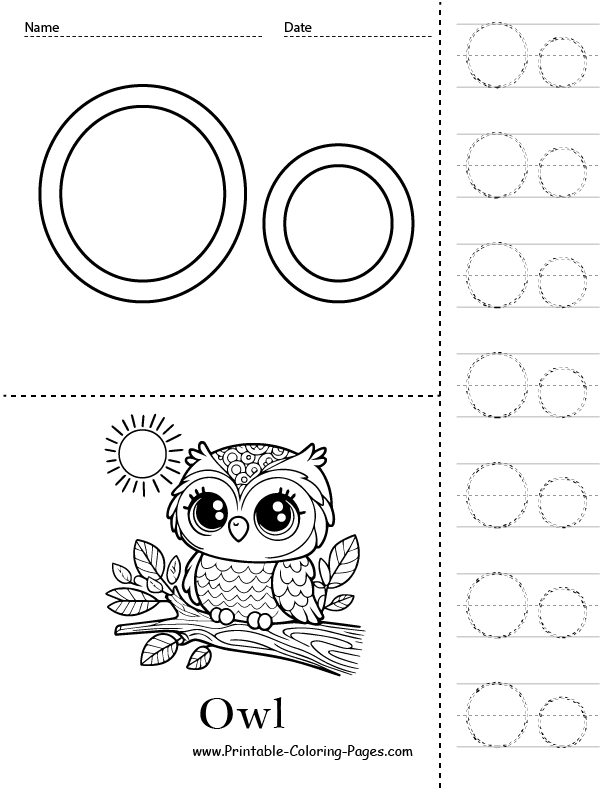
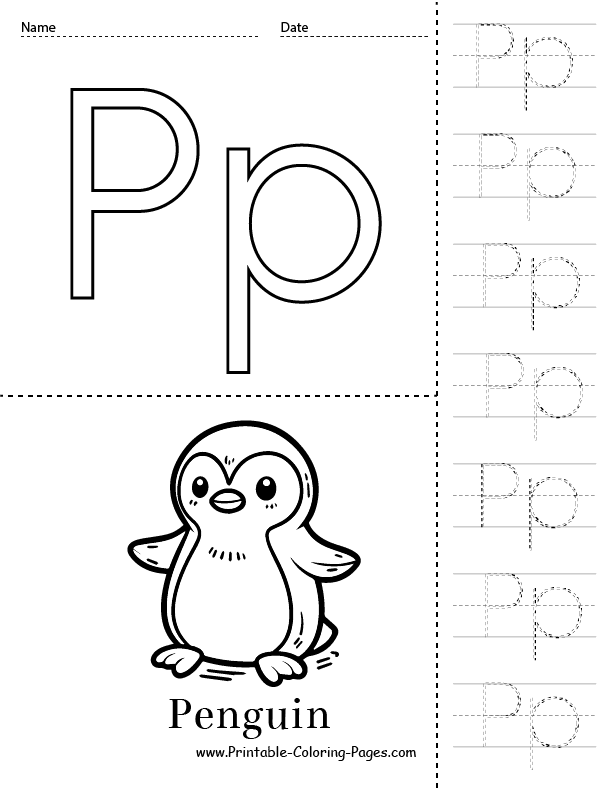
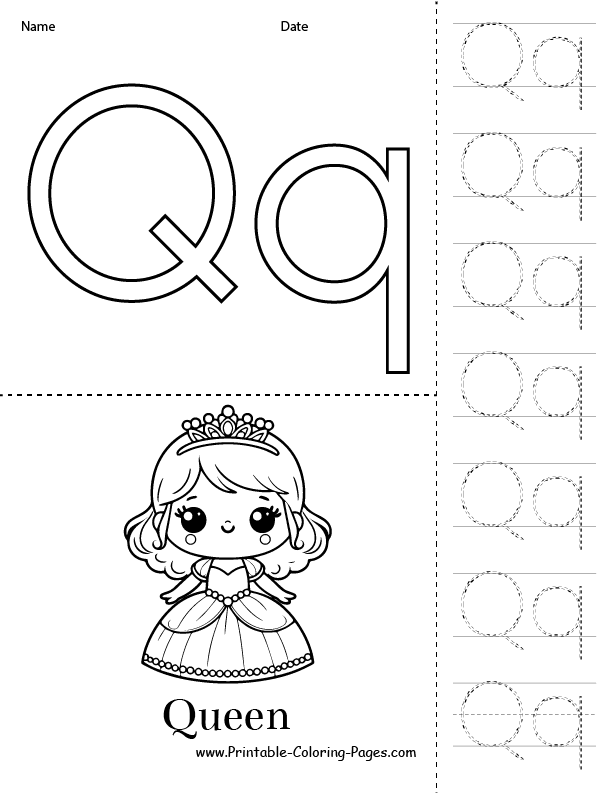
Furthermore, coloring activities also improve fine motor skills. Holding and maneuvering crayons or markers requires precise hand-eye coordination and control of small muscles. As children color, they are effectively practicing these skills, which are essential for tasks such as writing, typing, and buttoning clothes. By making letter practice enjoyable, children will willingly engage in these activities for longer periods of time, thus giving them more opportunities to enhance their fine motor skills.
The benefits of using coloring activities to engage children in letter practice are numerous. Firstly, it helps to make learning a pleasurable experience for children, which in turn increases their motivation to learn and explore new concepts. Additionally, it provides a multisensory approach to learning, as children can not only see the letters but also feel the texture of the paper and hear the sound of crayons on the page. This multisensory experience enhances their understanding and retention of the information.
Moreover, coloring activities allow children to express their creativity and individuality. By giving them the freedom to choose different colors or patterns, they are encouraged to think outside the box and personalize their learning experience. This boosts their confidence and self-expression, both of which are vital for their overall development.
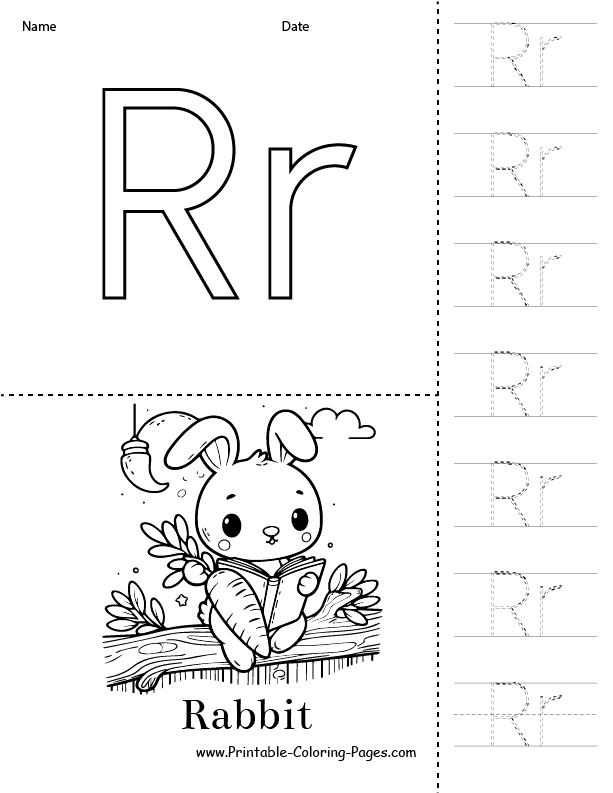
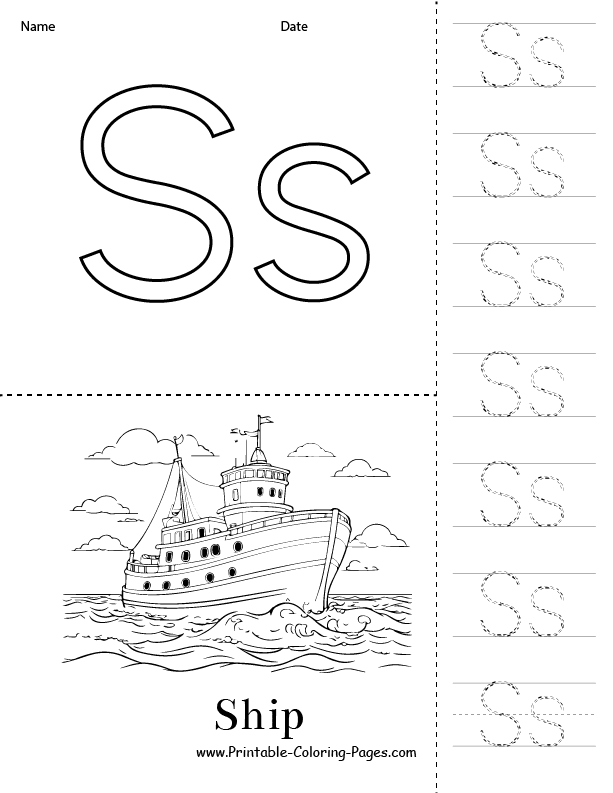
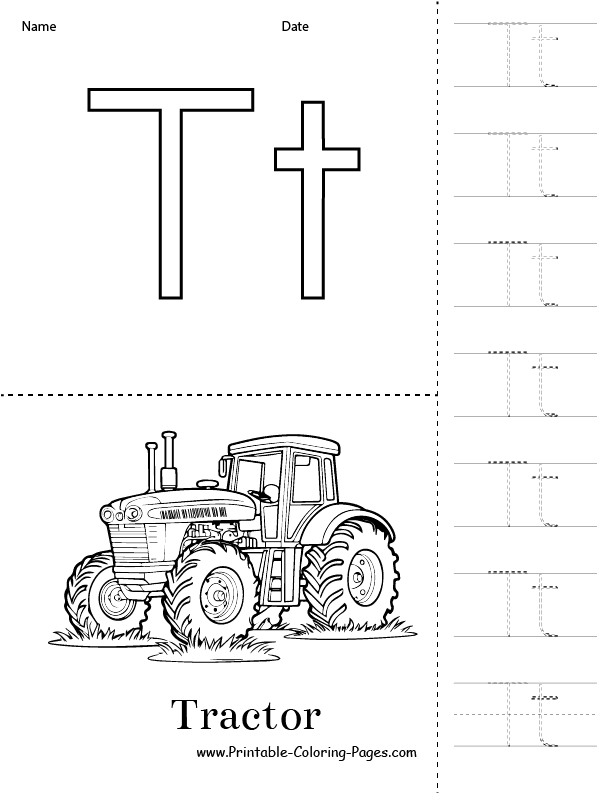
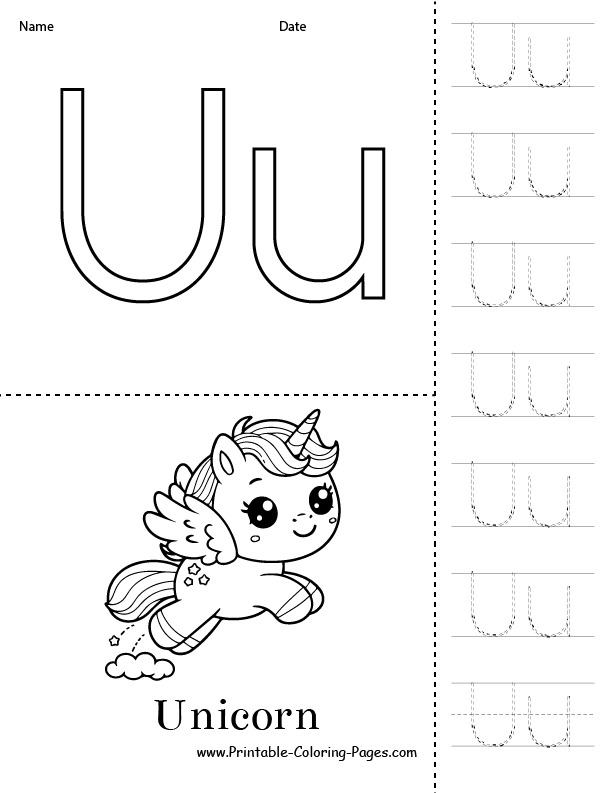
Lastly, making letter practice enjoyable through coloring activities fosters a positive parent-child or teacher-student bond. By engaging in these activities together, adults can create a nurturing and supportive learning environment. This not only strengthens the child’s relationship with their caregivers or teachers but also creates a sense of belonging and promotes a love for learning.
making letter practice enjoyable for kids through coloring activities is essential for their development. It reinforces letter recognition, improves fine motor skills, and provides numerous benefits for children’s overall growth. By using coloring activities, children can have fun while learning, setting the stage for a lifetime of successful language and communication skills.
Types of Alphabet Coloring Pages
Alphabet coloring pages is delightful coloring sheets are a fun and creative way to introduce young children to the letters of the alphabet. These pages not only engage kids in a fun activity but also help them to recognize and learn the different shapes and forms of the alphabet. There are various types of alphabet coloring pages available that cater to different learning styles and interests. Some pages feature simple outlines of the letters, allowing children to practice their coloring skills while focusing on the letter shapes. Other pages incorporate images of objects or animals that start with each letter, giving children the opportunity to associate the letter with a familiar word. Additionally, there are also alphabet coloring pages that include both uppercase and lowercase letters, allowing children to learn and differentiate between the two. These pages can be great educational tools for parents and teachers alike, as they help children develop their fine motor skills, hand-eye coordination, and letter recognition abilities in an enjoyable and interactive way.
Lowercase Letters Coloring Pages
The “Lowercase Letters Coloring Pages” section is designed to provide a fun and engaging way for students to practice recognizing and writing lowercase letters. The purpose of these pages is to help students enhance their letter recognition skills and develop their fine motor skills through coloring and tracing activities.
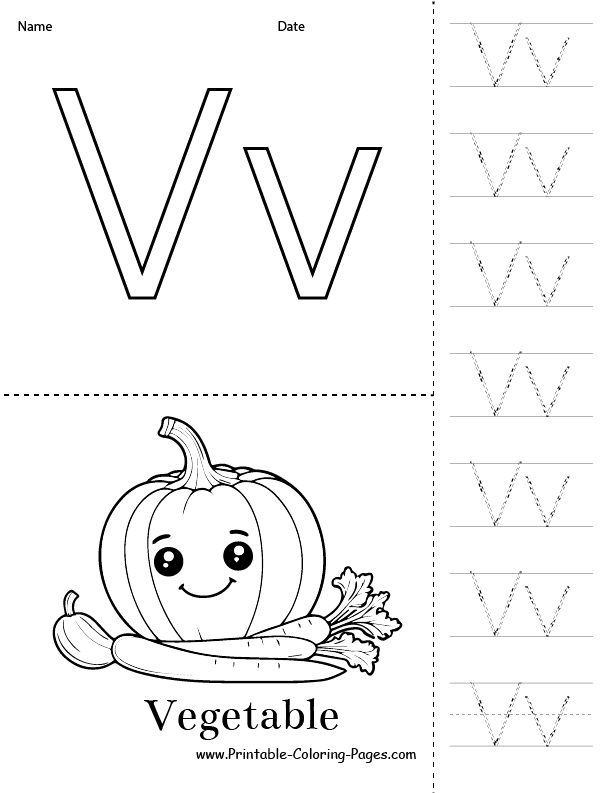
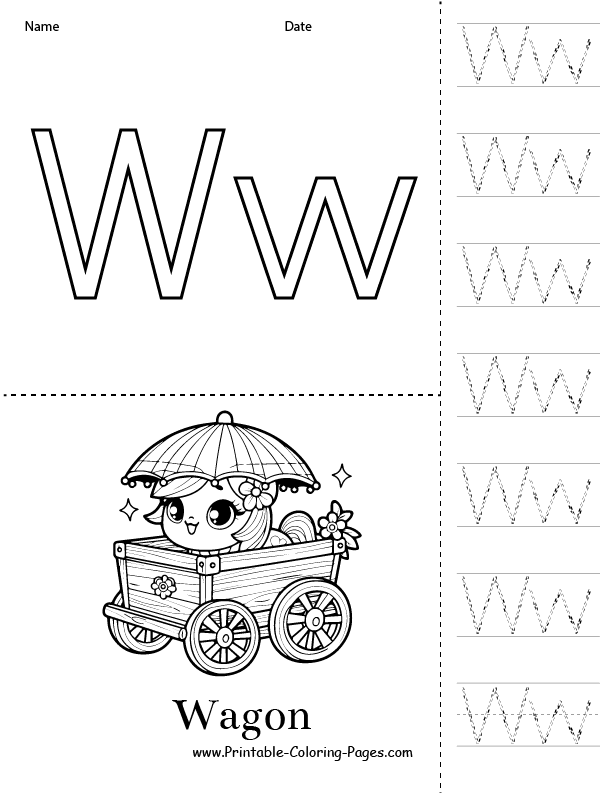
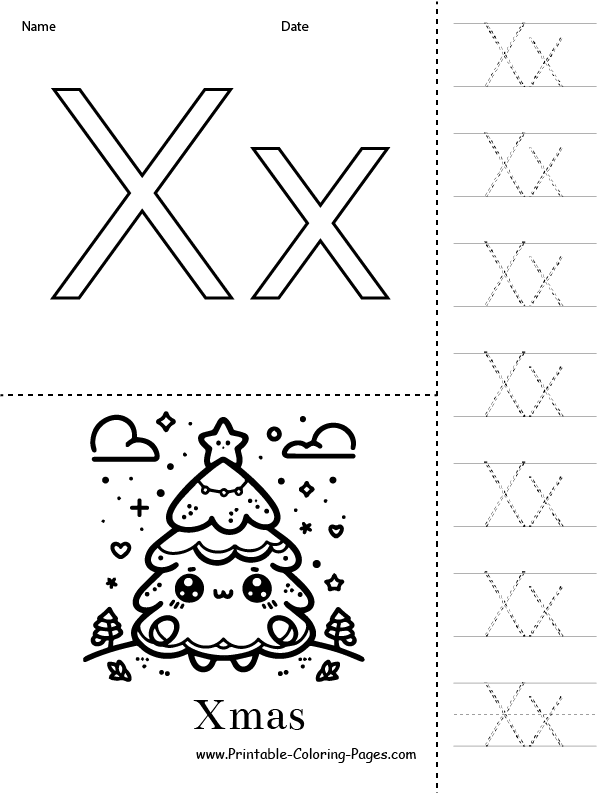


These coloring pages can be used to engage students in letter recognition by having them identify the lowercase letters on each page. By coloring or tracing the letters, students also get the opportunity to reinforce their recognition of the different lowercase letter forms.
In terms of fine motor skills practice, students can benefit from the precise movements required to color or trace the letters. Holding a colored pencil or crayon and applying the right amount of pressure to fill in the letters can help students develop their hand-eye coordination and strengthen their fine motor skills. This can be particularly beneficial for younger students who are still learning how to properly hold and control writing utensils.
To use these pages, students will need colored pencils or crayons to color in the letters. They can also use these materials to trace the letters if they are provided with printable pages that include dotted outlines. To incorporate the pages further into letter formation practice, teachers can encourage students to pronounce the letter sounds while coloring or tracing the letters. This helps reinforce the connection between the letter’s visual form and its corresponding sound.
Overall, the “Lowercase Letters Coloring Pages” section serves as a valuable resource for engaging students in letter recognition and fine motor skills practice. By providing a fun and interactive way for students to engage with lowercase letters, these coloring pages support the development of essential literacy and motor skills.
Collection of printable pages featuring lowercase alphabet letters for coloring
This collection of printable pages showcases a delightful assortment of lowercase alphabet letters designed for coloring. With a focus on promoting early literacy skills and creative development, these pages provide an engaging learning experience for young children. Each letter is presented in its lowercase form and can be easily printed out for use in various educational settings, such as classrooms, homeschooling environments, or at home. By inviting children to color and interact with these letters, they can familiarize themselves with the alphabet and improve their fine motor skills, hand-eye coordination, and concentration. Let us explore this collection further and discover the many benefits it offers for children’s learning and growth.
ABC Printables Coloring Pages
ABC Printables offer a wide range of activities for children to learn and practice their alphabet skills. Here are some of the activities available:
- Alphabet Coloring Pages: These printable pages feature each letter of the alphabet with a corresponding image. Children can color the letter and the picture, helping them associate the letter with its sound.
- Pirate ABC Worksheets: These fun worksheets involve pirate-themed activities, such as finding and circling the hidden letters in a treasure map or filling in missing letters on a pirate’s hat. These worksheets make learning the alphabet exciting and engaging.
- Uppercase and Lowercase Crafts: These printables provide templates for children to create crafts using both uppercase and lowercase letters. They can cut out the letters and paste them onto different objects, such as animals or objects starting with that letter, helping them reinforce both the letter shape and sound.
- Letter Recognition Worksheets: These worksheets focus on helping children recognize and identify letters. They include activities like matching uppercase and lowercase letters, circling a specific letter out of a group, or filling in missing letters in a sequence.
In conclusion, ABC Printables offer a wide range of activities to help children learn and reinforce their alphabet skills. From alphabet coloring pages to pirate-themed worksheets and various letter recognition exercises, these printables provide engaging and interactive ways for children to learn the ABCs.
How to Use Alphabet Coloring Pages
Alphabet Coloring Pages are a fantastic tool for teaching toddlers, preschoolers, and kindergarteners their letters and their sounds. These pages are designed to be both educational and engaging, providing a fun way for children to learn and practice the alphabet.
To effectively use the Alphabet Coloring Pages, start by printing out the black and white pages for each uppercase letter. It’s important to use the black and white versions as they allow children to color and personalize each letter while still learning and reinforcing their knowledge.
Once you have the pages printed, introduce them to your child one by one. Begin by showing them the letter and saying its name out loud. Encourage your child to repeat the letter after you, and then point out words or objects that start with that letter sound. This will help develop phonemic awareness and reinforce the connection between letters and their sounds.
Next, give your child crayons, markers, or colored pencils to color in the letter and any accompanying pictures on the page. As they color, continue talking about the letter and its sound. Encourage your child to identify and repeat words that start with that sound.
By using the Alphabet Coloring Pages, you can effectively teach toddlers, preschoolers, and kindergarteners their letters and their sounds. These pages provide a hands-on and visual approach to phonemic awareness and beginning sounds. So print out the pages, grab some coloring tools, and start your child on their alphabet learning journey today!
Overview of printable worksheets that focus on the entire alphabet for coloring practice
Coloring worksheets are a popular tool for children to develop their fine motor skills while exploring their creativity. With a focus on the entire alphabet, printable worksheets allow children to practice coloring and recognizing each letter. These worksheets provide a fun and engaging way for young learners to become familiar with the alphabet and its corresponding sounds. By using different coloring techniques, children can enhance their hand-eye coordination and learn to differentiate between various letters. Additionally, these worksheets can help children strengthen their letter recognition and pre-writing skills, as they trace the letters with their fingers or a crayon. Overall, printable worksheets that focus on the entire alphabet for coloring practice offer a comprehensive and enjoyable approach to alphabet learning for young children.
Handprint Alphabet Project
The Handprint Alphabet Project is a fun and creative way to learn the alphabet through art. Here are the step-by-step instructions on how to complete this project.
- Gather materials: You will need washable paint in different colors, paintbrushes, a blank canvas or sturdy paper, and a towel or wet wipes for cleanup.
- Start with the letter A: Select a color and have the child dip their hand in the paint, making sure to cover all the fingers and palm. Press their painted hand firmly onto the canvas or paper to create a handprint. Repeat this step for each letter of the alphabet, using different colors for each letter.
- Create handprint art: Each letter can be transformed into an animal or object that starts with that letter. For example, turn the letter B into a butterfly by adding colorful wings and antennas. Encourage the child to get creative and add details to each handprint to match the corresponding letter.
- Display the finished project: Once all the handprints are dry, arrange them in alphabetical order and attach them to a bulletin board, wall, or make a book by hole-punching the corners and binding them together with string or rings. This will create an attractive display that will help children practice and remember the alphabet.
The Handprint Alphabet Project is a wonderful activity that combines art and learning. By following these instructions, children will have a hands-on experience creating their own alphabet masterpieces.
In conclusion, alphabet coloring pages are a fun and educational activity for children to learn the letters of the alphabet. They can help improve fine motor skills, letter recognition, and creativity. With a wide variety of designs available online and in stores, parents and teachers can easily find resources to engage children in this activity. Whether used as a standalone activity or as part of a larger lesson plan, alphabet coloring pages
